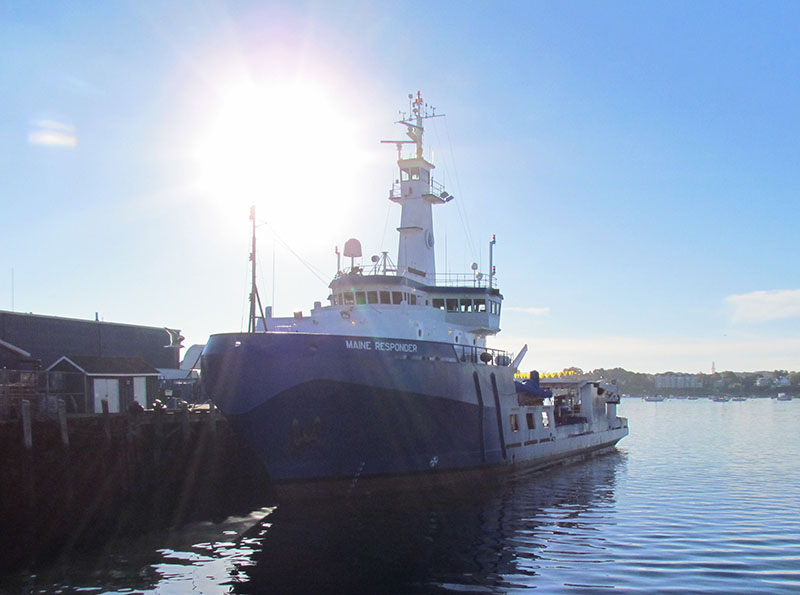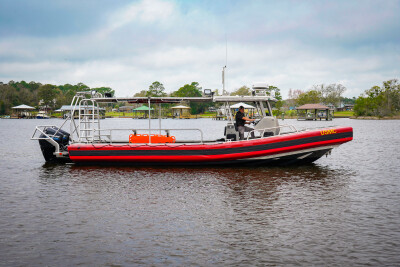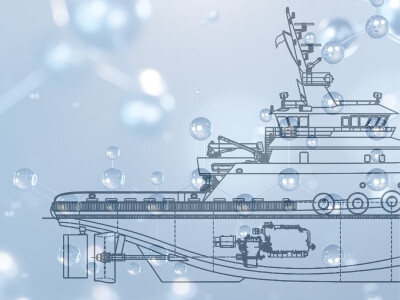Changing petroleum transport routes in the Northeast have spill response planners rethinking priorities, as new routes open for oil from the western U.S. and Canada.
On New York’s Hudson River, more Bakken crude oil from North Dakota is coming down to East Coast refineries. With river traffic growing, the Coast Guard is considering the industry’s request for new federal anchorages.
In Maine, business is down at the Portland Pipe Line terminal in South Portland. Once a destination for tankers carrying crude for Canadian refineries, the terminal operators are now embroiled in a legal fight with city officials and environmental activists who are trying to stop Canadian tar sand oil from coming in the opposite direction.
The decline in tanker traffic led the Marine Spill Response Corp., Herndon, Va., to deactivate the 210’x44’ Maine Responder, one of the group’s U.S. fleet of 15 Responder-class oil spill response vessels, that was based at Portland for more than 20 years.
“The trading patterns of petroleum and petroleum products in the Northeast have greatly changed over the last several years. As such, there is a lower risk profile in the Northeast and specifically Portland,” said Judith Roos, vice president of marketing and corporate relations, after MSRC in August pulled the vessel out of active service.
The industry-funded nonprofit maintains vessels at key ports around the country, and is keeping the Maine Responder and smaller boats and other equipment in northern New England, Roos said.
On Staten Island, N.Y., in September, about 20 representatives from industry, the Coast Guard and U.S. Environmental Protection Agency participated in Green Apple 2016. The drill explored how responders could handle challenges that would be posed by a major accident in the upper harbor.
The scenario was based on conditions seen on a typical late afternoon summer day with a tugboat running light across the harbor and striking a submerged object, said Richard Paine of American Marine Associates LLC that organized the event.

Coast Guard and industry representatives participated in the Green Apple 2016 spill response exercise held Sept. 19 in Staten Island, N.Y. Photo courtesy American Marine Associates.
The imagined scene was by the green 35 buoy between Governor’s and Ellis islands, on a bright afternoon with bustling passenger and recreational boat traffic, “right in view of everyone to pull out their camera phones,” Paine said. “We kept it true to the day … a nice warm sunny day so there was a lot of traffic.”
With a 2,000-gal. diesel spill, “they’re looking at a minimum one hour to get out there and start cleaning up,” Paine said.
The Coast Guard and transportation companies had different approaches – secure the accident scene and clean up there, as the Coast Guard would, or move the stricken tug near a shore facility.
“The thing is to minimize the impact. The local operators will often have the best idea,” said Robert Roosevelt, health and safety environmental manager for Vane Brothers. “We could have made arrangements to berth it and boom it in. We have these (spill response) plans. We drill regularly. We push everything on it."
The value in these exercises is bringing different players and the Coast Guard together so they can learn about each other’s response plans, and get to know people they will be working with if the real thing occurs, Roosevelt and Paine said. After positive feedback from the participants, there are plans to hold the exercise again in 2017.





